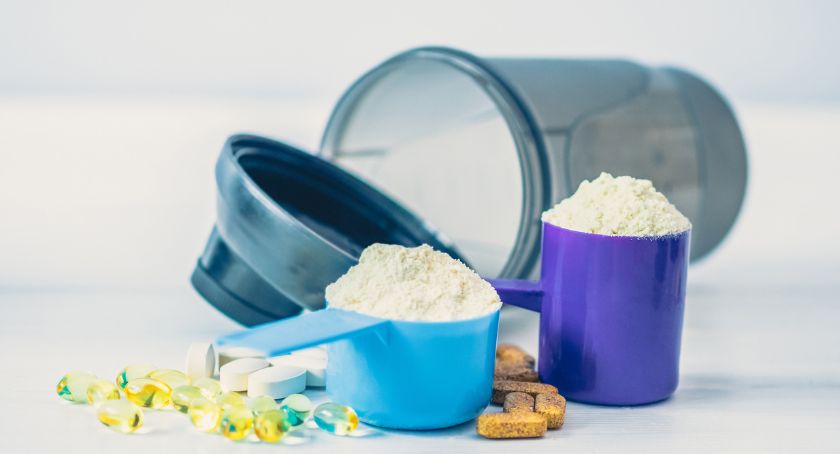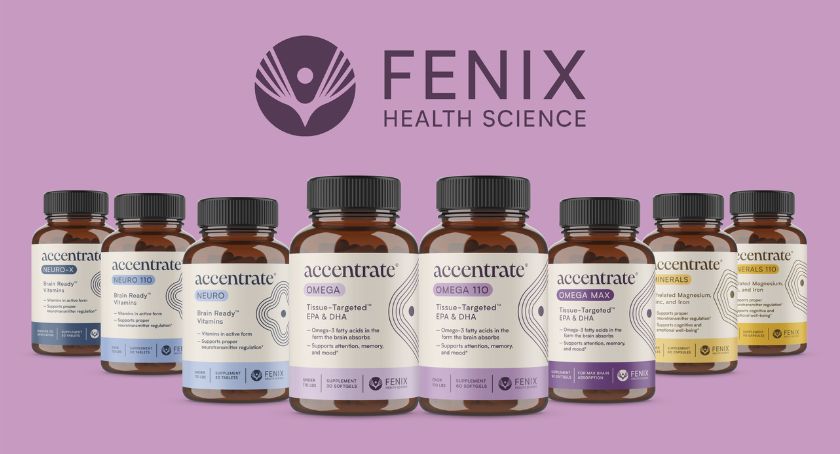Exclusives
Focus on Plant-Based Protein
As demand for protein peaks, plant-based sources continue to attract more consumers.

By: Sean Moloughney
More Americans are cutting back on meat consumption, even if they’re not committing to a vegetarian or completely meat-free lifestyle, according to research from Mintel. The top reason U.S. consumers opt for meat alternatives is because they occasionally like to have meat-free days (31%), but health reasons are also driving interest, with three in 10 protein alternatives consumers saying they are watching their cholesterol (30%) and are worried about eating too much saturated fat (29%).
More than one third (35%) of Americans are eating protein more from sources other than red meat, Mintel research noted. However, while more than two thirds (66%) of protein alternatives consumers agree they are healthier than real meat, nearly half (46%) say protein alternatives products are too high in sodium.
More than one quarter (28%) of those who opt for protein alternatives are trying to lose weight. About 29% of new meat substitutes in 2016 featured a low-calorie or low-carbohydrate claim, up from 7.1% of new products in 2015, according to Mintel Global New Products Database (GNPD).
“Americans are embracing popular trends like ‘Meatless Mondays’ as an easy and consistent way to include meat-free meals into their diets in an effort to reduce meat consumption as health concerns surrounding red meat continue to grow. With so many consumers turning to protein from sources other than meat and poultry, there is an opportunity for marketers to reach a sizable group with concerns related to health, particularly cholesterol and fat content,” said Billy Roberts, senior food and drink analyst at Mintel.
Fueling Growth
The infatuation with protein in general over the last few years has resulted in more consumers associating protein with providing a source of energy, helping with weight management, promoting satiety and building muscle mass and strength, according to Packaged Facts. Consumer interest in plant protein specifically has been fueled in part by new research and the popular belief that a diet containing more plant-based foods and beverages, including plant protein, is associated with better health.
In addition to making it possible to avoid the saturated fat associated with animal proteins, plant proteins are a safe option for consumers with dairy or egg allergies or sensitivities. Millennials in particular are more often foregoing meat, Packaged Facts noted. About 10% of this demographic consider themselves vegan, and a survey conducted by 210 Analytics found that more than 60% of Millennials consume meat alternatives, products once almost wholly ignored by the majority of consumers.
The 2015 Dietary Guidelines Advisory Committee, which helps to inform the U.S. government about scientific evidence related to diet, nutrition, and health, indicated that diets higher in plant-based foods are more health promoting and associated with less environmental impact than the current, traditional U.S. diet, noted Michelle Simon, executive director, Plant Based Foods Association (PBFA), while presenting at Natural Products Expo West in Anaheim, CA in March. Diets made up of plant-based sources are more sustainable, use fewer natural resources, and are less taxing on the environment, she added.
According to SPINS data from January 2017, plant-based milks are a $4.2 billion market globally; plant-based meat $606 million, plant-based cheese $104 million, and tofu products $92 million. Growth has been fairly consistent across the category, noted Ms. Simon, which is a positive indicator. “Consumers are making the shift and companies are doing a good job getting products out there.”
The plant-based milks market has faced some challenges with respect to labeling, however. In December of 2016, 32 members of Congress sent a letter to FDA requesting that the agency not allow plant-based brands to use the word “milk” on their labels. Senator Tammy Baldwin (D-WI) and Representative Peter Welch (D-VT) introduced companion bills in the Senate and House, respectively, called the Dairy Pride Act, which would not allow plant-based food companies to use any dairy terms on their labels.
“The dairy industry is gunning for us,” said Ms. Simon. “There’s no question there are challenges in the dairy industry and I’m sympathetic to them, but they’re not caused by anything the plant based foods industry is doing.”
Plant-based milks are properly labeled with their common or usual name and courts have agreed with this position, she contended. “We do have the law on our side.” Still, the industry does need to create consistency and standards about how its products are labeled, she added. That will take time, and ultimately it’s up to stakeholder to come together and make those determinations. Having a trade association dedicated to building consensus is certainly valuable, she added.
Ingredient Sources
While soy has dominated the plant-based protein marketplace in terms of volume, demand for clean label, non-GMO, vegan protein ingredients that are sustainable and allergen-free has been on the rise. At the same time, ingredients must appeal to consumers in terms of taste, texture, appearance, nutrition, and cost, according to Packaged Facts.
The market research firm anticipated a surge in demand for pea protein concentrates and isolates, indicating the future for pulses in coming years is generally strong.
Ancient grains, seeds, and nuts, along with pulses, continue to be protein ingredients of choice for many processors looking for whole food protein sources that add desirable textural characteristics and enhance overall appearance. Brown rice protein, in addition, is picking up steam. Rice protein concentrates and isolates offer protein levels in the range of 70-90%, and sprouted versions tout more lysine than their unsprouted counterparts. Recent rice protein entrants strive to provide a smoother texture in beverage powder applications, where they are often used instead of, or in addition to, soy or whey.
Applications in Snacks & Smoothies
Meanwhile, as consumers increasingly look to fit in meals around their busy lifestyles, interest in nutritious and convenient snacks is growing, fueling the idea of smoothies as meal replacements, according to Mintel. As a result, the market has witnessed the rise of a new generation of smoothies, with brands drawing on on-trend ingredients seen in the food sector in order to upgrade to “healthy snack” status.
Innovation in this segment has focused on the inclusion of plant-based proteins, which are increasingly embraced by consumers as they aspire for healthier and “cleaner” diets, as described in Mintel’s Global Food & Drink Trend Power to the Plants. Ingredients such as quinoa, chia seeds or wheatgrass are high in protein, fiber, iron, and calcium, helping to transform a regular smoothie into a naturally functional, tasty meal supplement.
The current focus on plant-based protein has also opened the door for innovation around smoothies enriched with popular non-dairy milk alternatives. Non-dairy milk alternatives have seen healthy growth over the past few years. With demand driven primarily by younger consumers, dairy alternatives have evolved from mere “substitutes” to products that are bought for their own sake. While still niche, non-dairy milks—in particular coconut and almond milk—have made their way also into the smoothie sector, tapping into the plant-based protein trend while also adding to the richness of flavor, Mintel noted. Ultimately, protein-rich smoothies address modern consumer demand for both naturally functional drinks as well as for filling snacks that are easy to consume on the go.





















